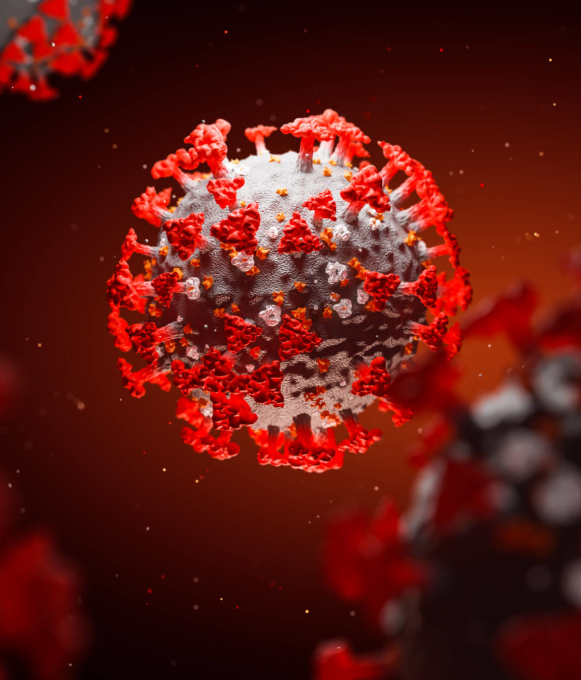Germs
Covid-19 is one of the current issues that the world is facing right now. It has been years since we first came across it and it has been claiming countless lives, causing economic downfall, and putting our environment into much deeper trouble.
Aside from Covid-19, germs have been causing us trouble throughout the course of history. We faced Ebola, AIDS, influenza, measles, chickenpox, cholera, tetanus, etc. and we are still battling these diseases up to this day!
What is Germs?
Germs are everywhere. You can find them in the air, water, food, plants, and animals, and inside a human body. Germs are microscopic living things that can creep inside a human body and can cause diseases. Even though they are small, they still need water, energy, and nutrients to live. Although our immune system can protect us from them, there are some kinds of germs that are difficult to kill due to their ability to mutate into a stronger, wiser variant of their original form.
There are 5 categories of infectious germs:
- Bacteria
- Viruses
- Fungi
- Protozoans

Bacteria

While we know that bacteria can be good for our bodies, it is widely known that bacteria can also be detrimental to humans. Opportunistic bacteria can cause trouble to a weak body and cause diseases. These are called mesophilic bacteria, and they thrive in moderate temperatures like the human body.
Common Types of Bacterial Infections:
- Tuberculosis
- Anthrax
- Tetanus
- Leptospirosis
- Pneumonia
- Cholera
Viruses

Viruses are small collections of genetic code that are surrounded by a protein coat. They infect healthy cells to replicate, and damage the host organism afterward since they kill the host cell they infected. Viruses cannot be killed by antibiotics, only through antiviral medications or vaccines that lower their chances of severity.
Common Types of Virus infections:
- Rabies
- Measles
- Covid-19
- Chickenpox
- HIV
- Flu
- Polio
Fungi

Fungi are microorganisms characterized by a substance in their cell walls called chitin. Some fungi can cause fungal infections that can be contagious. They reproduce by releasing spores that can be picked up or even inhaled. They can penetrate your skin and cause body-wide infections.
Common Types of Fungal Infections:
- Athlete’s foot
- Ringworm
- Yeast infection
- Nail fungal infection
- Jock itch
Protozoans

Protozoans are parasites that live freely in the environment. They spread infections by sexual transmissions, insect vectors, or their cysts being injected. They live inside a host organism and get their food from the host.
Common Types of Protozoal Infections:
- Malaria
- Giardia
- Toxoplasmosis
Sources: https://kidshealth.org/en/parents/germs.html
https://www.medicalnewstoday.com/articles/157973#feeding
https://www.genome.gov/genetics-glossary/Virus
https://microbiologysociety.org/why-microbiology-matters/what-is-microbiology/fungi.html
https://www.cdc.gov/parasites/about.html

Why is Professional Germ Control Necessary?
Germs cause inconvenient life-threatening diseases but are invisible in the naked eye. Can you imagine how dangerous that is? Battling a hazardous living thing without having to see it is an unwinnable battle. Dealing with risky germs on your own could not only be harmful to you, but to other occupants as well, especially if you weren’t able to completely eradicate it. It is best to leave these microsopic creatures to the professionals.
We, at SureSolutions Inc., only want the best results for you and your properties, and as pest control and disinfection professionals, we are here to make sure that germs in your property are controled.









